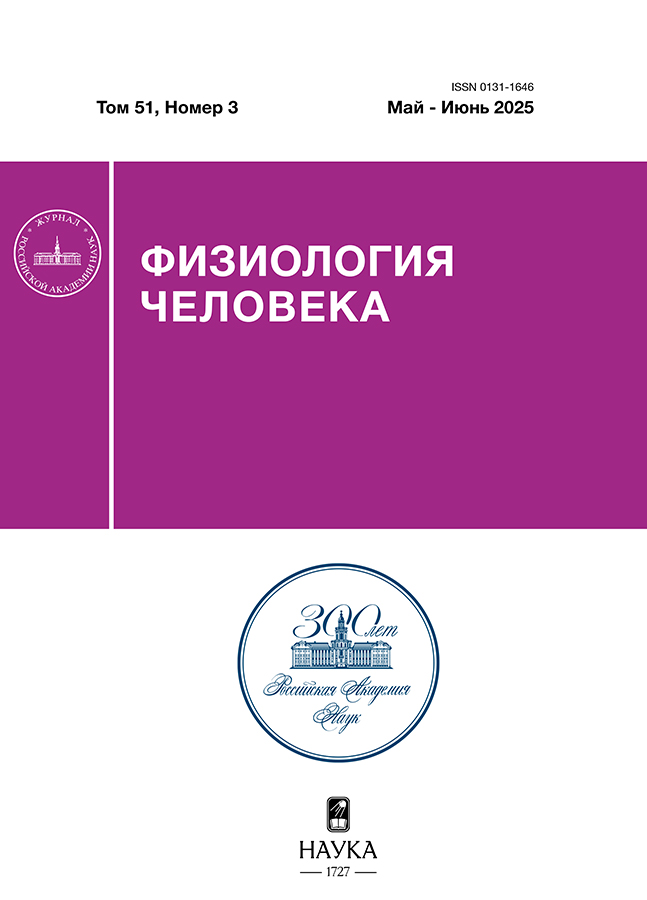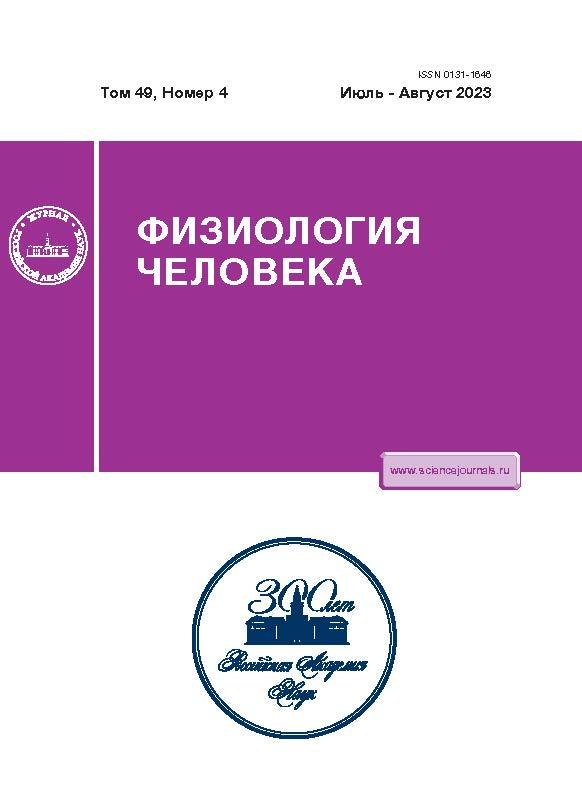Регуляция экспрессии генов сетью транскрипционных факторов MYC при выполнении физических нагрузок
- Авторы: Астратенкова И.В.1, Гольберг Н.Д.2, Рогозкин В.А.2
-
Учреждения:
- Санкт-Петербургский государственный университет
- ФГБУ Санкт-Петербургский НИИ физической культуры
- Выпуск: Том 49, № 4 (2023)
- Страницы: 124-132
- Раздел: ОБЗОРЫ
- URL: https://manmiljournal.ru/0131-1646/article/view/664104
- DOI: https://doi.org/10.31857/S0131164622601014
- EDN: https://elibrary.ru/WYQMRR
- ID: 664104
Цитировать
Полный текст
Аннотация
Полученные в последние годы результаты исследований многочисленных функций белка MYC, убедительно свидетельствуют о том, что сверхэкспрессия MYC, вызванная физическими нагрузками (ФН), осуществляется на транскрипционном и эпигенетическом уровне с участием низкомолекулярных метаболитов, образующихся в процессе усиления промежуточного обмена. Выдвинута гипотеза, которая предполагает, что сеть транскрипционных факторов MYC может в значительной степени объяснять адаптивные изменения, вызванные ФН, в мышцах и других жизненно важных органах посредством изменения концентрации лактата. В данном обзоре представлена сеть факторов транскрипции MYC, которая вовлечена в регуляцию клеточного цикла, рост, пролиферацию и метаболизм клеток.
Ключевые слова
Об авторах
И. В. Астратенкова
Санкт-Петербургский государственный университет
Автор, ответственный за переписку.
Email: astratenkova@mail.ru
Россия, Санкт-Петербург
Н. Д. Гольберг
ФГБУ Санкт-Петербургский НИИ физической культуры
Email: astratenkova@mail.ru
Россия, Санкт-Петербург
В. А. Рогозкин
ФГБУ Санкт-Петербургский НИИ физической культуры
Email: astratenkova@mail.ru
Россия, Санкт-Петербург
Список литературы
- Carroll P.A., Freie B.W., Mathsearaja H., Eisenman R.N. The MYC transcription factor network: balancing metabolism, proliferation, and oncogenesis // Front. Med. 2018. V. 12. № 4. P. 412.
- Conacci-Sorrell M., McFerrin L., Eiesenman R.N. An overview of MYC and its interactome // Cold Spring Harb. Perspect. 2014. V. 4. № 1. P. a014357.
- Thomas L.R., Wang Q., Grieb B.C. et al. Interaction with WDR5 promotes target gene recognition and tumorigenesis by MYC // Mol. Cell. 2015. V. 58. № 3. P. 440.
- Kotekar A., Singh A.K., Devaiah B.N. BRD4 and MYC: power couple in transcription and disease // FEBS J. 2022. https://doi.org/10.1111/febs.16580
- Devaiah B.N., Mu J., Akman B. et al. MYC protein stability is negatively regulated by BRD4 // Proc. Natl. Acad. Sci. USA. 2020. V. 117. № 24. P. 13457.
- Imran A., Moyer B.S., Kalina D. et al. Convergent alterations of protein hub produce divergent effects within a binding site // ACS Chem. Biol. 2022. V. 17. № 6. P. 1586.
- Farrell A.S., Sears R.S. MYC degradation // Cold Spring Harb. Perspect. 2014. V. 4. № 3. P. a014365.
- Chen Y., Sun X.X., Sears R.C., Dai M.S. Writing and erasing MYC ubiquitination and SUMOylation // Genes Dis. 2019. V. 6. № 4. P. 359.
- Das S.K., Lewis B.A., Levens D. MYC: a complex problem // Trends Cell. Biol. 2022. V. 33. № 3. P. 235.
- Greib B.C., Eischen C.M. MTBP and MYC: a dynamic duo in proliferation, cancer, and aging // Biology (Basel). 2022. V. 11. № 6. P. 881.
- Endres T., Solvie D., Heidelberger J.B. et al. Ubiquitylation of MYC couples transcription elongation with double-strand break repair at active promoters // Mol. Cell. 2021. V. 81. № 4. P. 830.
- Das S.K., Kuzin V., Cameron D.P. et al. MYC assembles and stimulates topoisomerases 1 and 2 in a topoisome // Mol. Cell. 2022. V. 82. № 1. P. 140.
- Nie Z., Guo C., Das S.K. et al. Dissecting transcriptional amplification by MYC // Elife. 2020. V. 9. P. e52483.
- Patange S., Ball D.A., Wan Y. et al. MYC amplifies gene expression through global changes in transcription factor dynamics // Cell Rep. 2022. V. 38. № 4. P. 110292.
- Luo W., Chen J., Li L. et al. c-MYC inhibits myoblast differentiation and promotes myoblast proliferation and muscle fiber hypertrophy by regulating the expression of its target genes, miRNAs and lincRNAs // Cell Death. Differ. 2019. V. 26. № 3. P. 426.
- Gohil K., Brooks G.A. Exercise tames the wild side of the MYC network: a hypothesis // Am. J. Physiol. Endocrinol. Metab. 2012. V. 303. № 1. P. E18.
- Jolma A., Yin Y., Nitta K.R. et al. DNA-dependent formation of transcription factor pairs alters their binding specificity // Nature. 2015. V. 527. № 7578. P. 384.
- Morgunova E., Taipale J. Structural perspective of cooperative transcription factor binding // Curr. Open Struct. Biol. 2017. V. 47. P. 1.
- Brooks G.A., Arevalo J.A., Osmond A.D. et al. Lactate in contemporary biology: a phoenix risen // J. Physiol. 2022. V. 600. № 5. P. 1229.
- Brooks G.A., Curl C.C., Leija R.G. et al. Tracing the lactate shuttle to the mitochondrial reticulum // Exp. Mol. Med. 2022. V. 54. № 9. P. 1332.
- Xue X., Liu B., Hu J. et al. The potential mechanisms of lactate in mediating exercise-enhanced cognitive function: a dual role as an energy supply substrate and a signaling molecule // Nutr. Metab. (Lond). 2022. V. 19. № 1. P. 52.
- Von Walden F., Rea M., Mobley C.B. et al. The myonuclear, DNA methylome in response to an acute hypertrophic stimulus // Epigenetics. 2020. V. 15. № 11. P. 1151.
- Mori T., Ato S., Knudsen J.R. et al. c-MYC overexpression increases ribosome biogenesis and protein synthesis independent of mTORC1 activation in mouse skeletal muscle // Am. J. Physiol. Endocrinol. Metab. 2021. V. 321. № 4. P. E551.
- Murach K.A., Liu Z., Jude B. et al. Multi-transcriptome analysis following an acute skeletal muscle growth stimulus yields tools for discerning global and MYC regulatory networks // J. Biol. Chem. 2022. V. 298. № 11. P. 102515.
Дополнительные файлы















